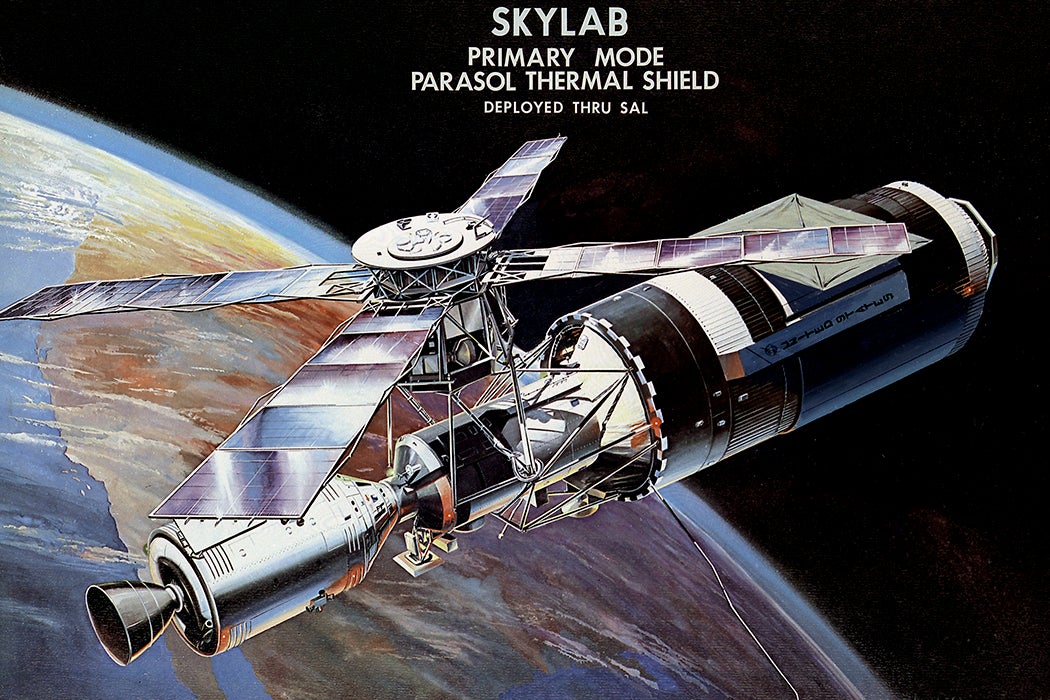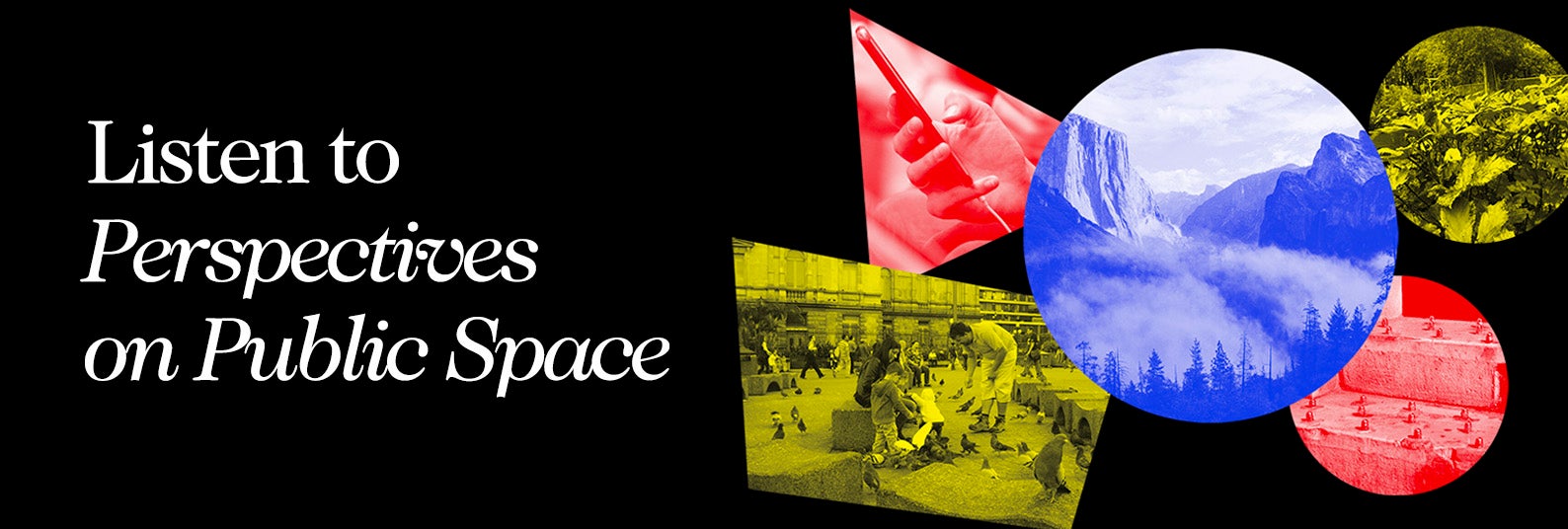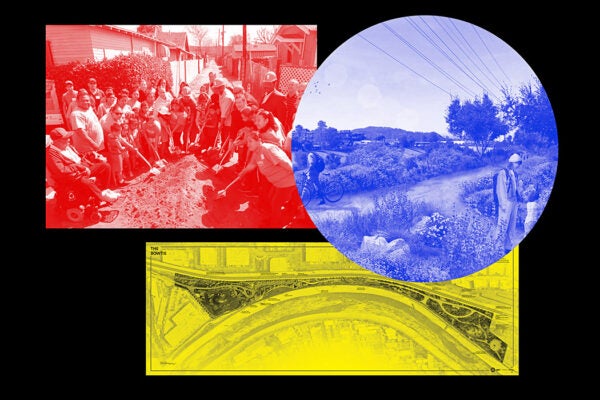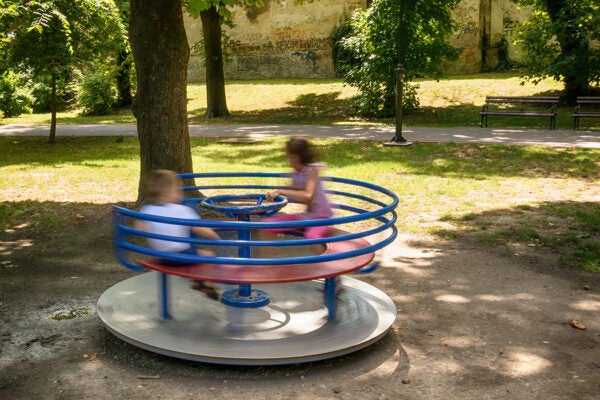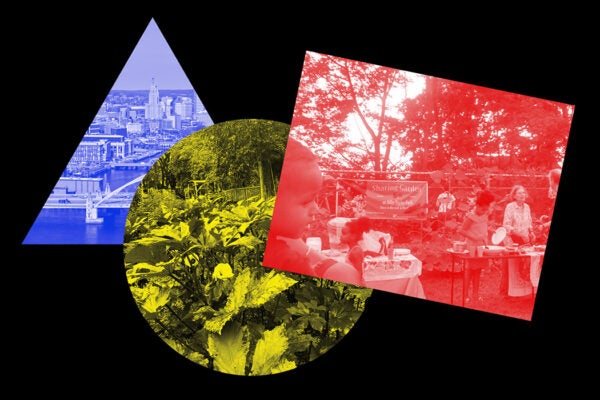In 1962, Scott Carpenter flew into orbit on an Atlas rocket and made history as the sixth human in space. But shortly after, the Mercury astronaut left NASA to explore another frontier. Carpenter became a US Navy “aquanaut,” spending almost a month on the ocean floor. Space and the deep sea had become Cold War battlegrounds, and it was important to know how people might operate in these environments.
Psychologists quickly became involved, studying how people coped with extreme living situations. Historian Layne Karafantis argues that the Sealab II and Skylab projects enabled unique methods of psychological research, and that their results influenced later exploration efforts.
Sealab was a Navy project to see if aquanauts could live undersea for extended periods. If so, they could potentially conduct long-term espionage or weapons recovery missions. In 1965, groups of ten aquanauts spent stints in a fifty-seven-foot steel cylinder off the coast of La Jolla, California. It provided a perfect opportunity for psychological research.
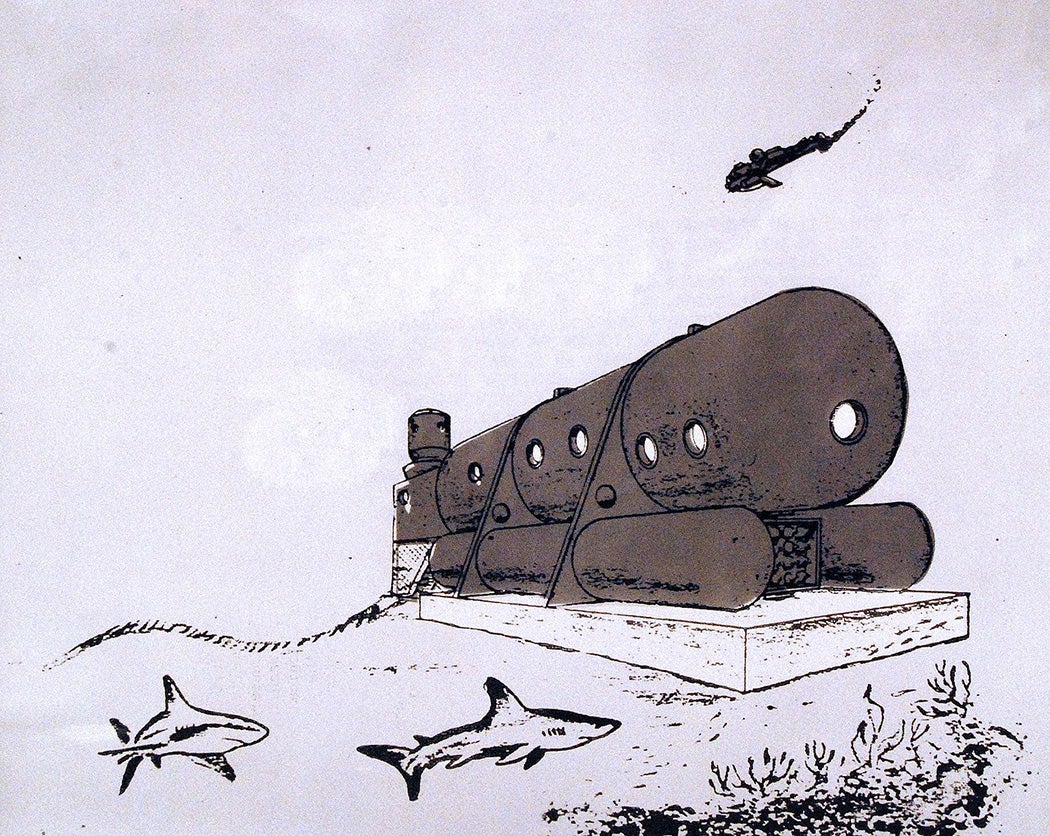
The aquanauts took psychological questionnaires, which the researchers hoped to compare with similar ones taken by Antarctic explorers. When the aquanauts looked out the windows of the habitat, they saw inward-pointing cameras among the fish passing by. Psychologists hoped the controlled environment of the habitat would enable more detailed behavior studies.
Space stations had similar potential, and in the early 1970s they became a reality. The Soviet Union built the first space station in 1971. Then NASA used the momentum from Apollo to create their own station, building Skylab within a Saturn V fuel tank.
Designing a living space in such a confined structure was a major challenge. Designer Raymond Loewy tackled it with a patriotic enthusiasm typical for the Cold War. He had designed spaces within buses, trains, and planes—including John F. Kennedy’s Air Force One. He was well prepared to take on the first American space station.
Loewy gave input to NASA with psychological well-being in mind. He paid close attention to color schemes, emphasizing variety to stave off boredom. He pushed for private spaces and windows, despite the engineering difficulties.
Astronauts lived and worked in the orbiting laboratory in 1973 and 1974. In addition to running experiments and taking physiological observations, the astronauts took psychological inventories and evaluated the living situation. While they were initially skeptical of Loewy’s focus on details, Karafantis writes that his “design choices had a significant impact on the productiveness of the crew.”
Weekly Newsletter
The lessons from Skylab would help NASA prepare for a planned long-duration space station and space shuttle. This included abandoning some ideas. For example, astronauts reported that efforts to replicate up-down orientation in living spaces were “superfluous” in microgravity and even led to discomfort around the dinner table.
The stories of Sealab and Skylab also provide lessons for psychologists and historians, argues Karafantis. Constructed habitats created new opportunities for observation and experimentation and demonstrated shifting definitions of laboratories and scientific fields. In these “extreme space field laboratories,” she writes, “researchers were simultaneously objects of research.”
